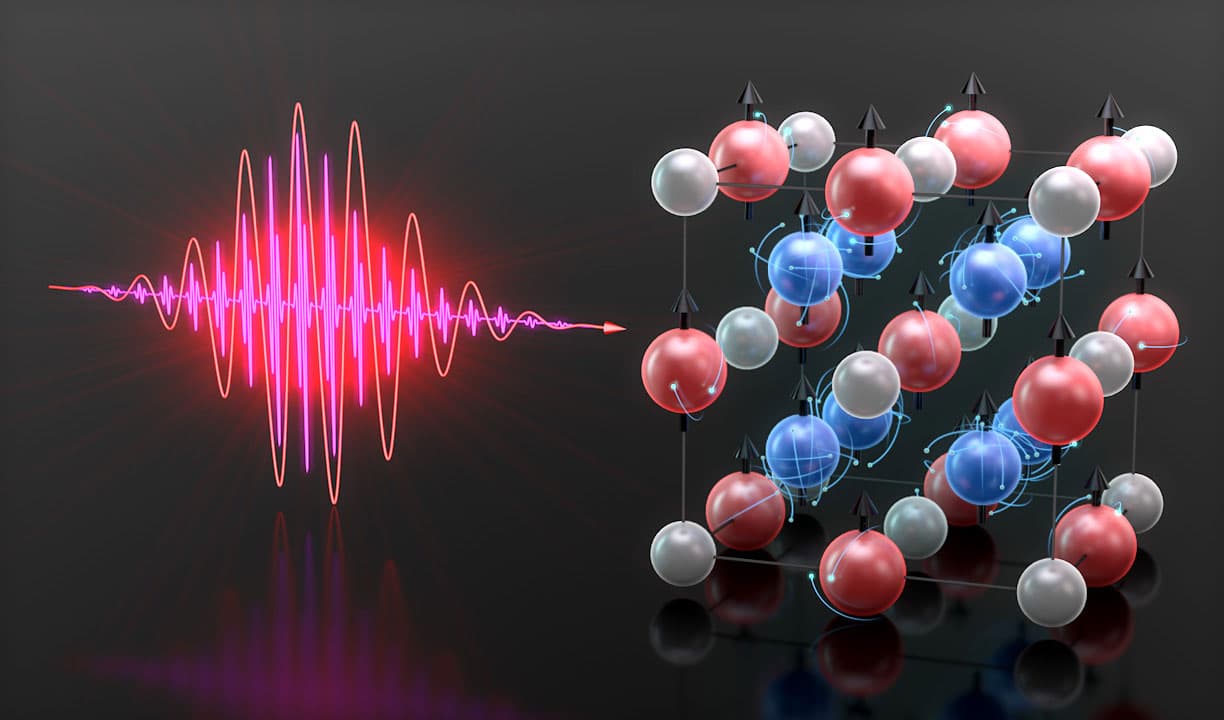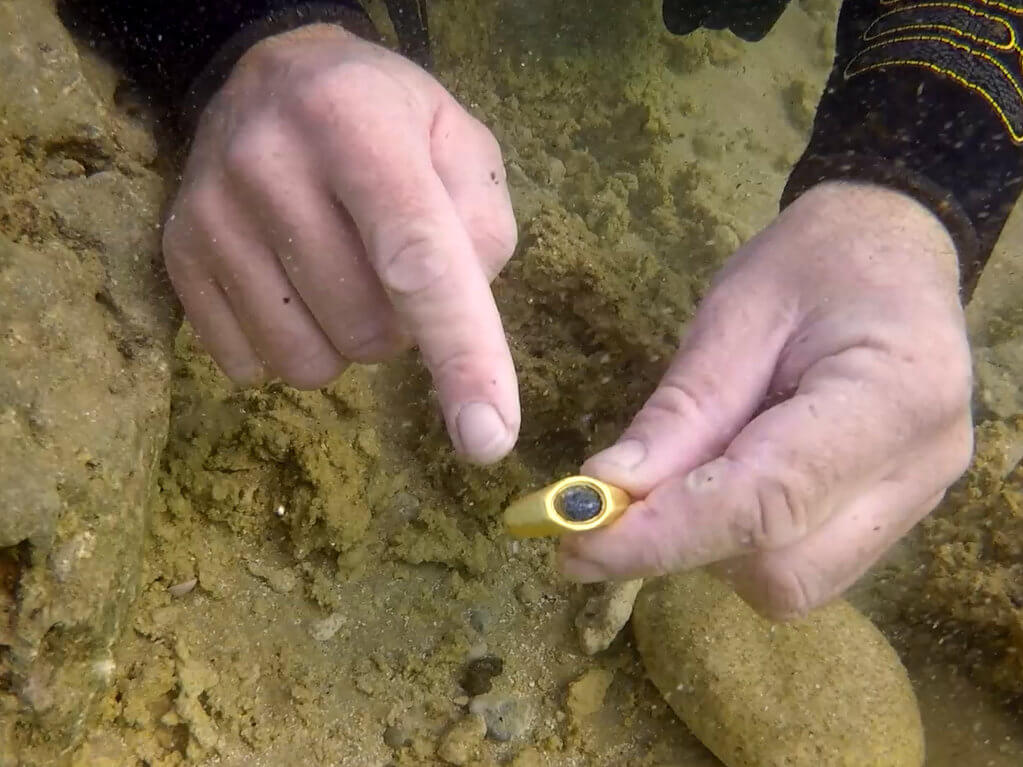The Industrial Alliance for Competitiveness and Energy Efficiency (Allice) organized its first congress on the decarbonisation of industry on September 21 and 22. Pulsed light sterilization, microwave technology, optimization of distillation … three industrial processes, in development or already on the market, caught our attention.
Sterilize using pulsed light
The industrial equipment supplier Claranor, based in Avignon, markets packaging sterilization machines by pulsed light for the food industry. “It is a short and intense flash of white light generated by a xenon lamp, explained Christophe Riedel, the CEO of the company. This discharge is extremely powerful: about 300 joules in 0.3 milliseconds. The sterilizing effect of this flash of light is due to ultraviolet rays. “Each flash has an amount of ultraviolet of about 15% … the rest is visible. “ For what advantages? “It is a non-chemical technology, which allows energy savings” , he said by presenting a case study: “The energy consumption is very high for the medium pressure UV equipment (around 98,000 kWh / year), much lower for our pulsed light sterilization (around 6,000 kWh / year). Thus, our equipment is catching up in terms of cost with the medium pressure UV techno, which is very competitive in terms of Capex, within three years. “ However, this process can only be used if the surfaces are smooth (plastic, glass or metal, for example). “UV sterilization does not work if there are shadow effects or surface irregularities ,” Riedel said. Beverages, dairy products, pharmaceuticals and even cosmetics… there are several examples where our equipment can be adapted. »
Electrify your processes using microwave technology
The Lyon-based SME Sairem markets microwave processes in the fields of drying (ceramics, powder), agro-food pasteurization or cosmetics (such as plant extraction for example). “All of our microwave generators run on electricity … we are therefore moving in the direction of electrification of processes”, began Etienne Savary, manager development at SAIREM. Another benefit: “Microwave technology makes it possible to heat the heart of the product very quickly. So, if you have thick and insulating products, you no longer need to wait for the heat front to migrate towards the product ”, detailed Mr. Savary. Consequence: the microwave process offers more agility to industries. “One of our clients, who uses microwaves in the fusion of cosmetic materials, went from a process that required him 6 hours to… 1 hour! Now he can avoid night work and respond quickly to requests he has during the day. “ Sairem is also developing, in partnership with Ademe, treatments for volatile organic compounds (VOCs) by microwave processes. “The goal is to replace current solutions which are generally gas thermal oxidizers. In addition to electrifying the process, we could also adapt the needs according to the production lines, and no longer have a single thermal oxidizer that operates 24 hours a day even when the plant is at 10% of its production ”, said the development manager.
Drastically reduce the energy needs of distillation
The Toulouse chemical engineering laboratory has developed a distillation pilot based on column internals (the trays and packings in contact with the fluids in the column) with a fin effect. “Distillation interests us because it is particularly energy-intensive, pointed out Michel Meyer, director of the science and technology department for intensified processes in the Toulouse laboratory. Since the 1960s, however, we have known the principle of thermally integrated columns which allows possible energy savings of up to 80%! “ A conventional distillation column is “cut” in two: “the enrichment zone is then pressurized until the levels of temperature allow heat exchange with the depletion zone ”, Meyer explained. Part of the thermal energy was then replaced by electrical energy. “We are thus contributing to the electrification of processes. “ However, no installation of such a process exists on an industrial scale. “There are still techno challenges that have not been addressed. This process indeed requires a lot of gas-liquid exchange surface, a lot of vacuum and a large parietal surface… it’s a bit like the quest for the Grail, the researcher had fun. In our laboratory, we have made good progress in this quest with our internal fin effect. We used a Lattice and one-piece structure, thanks to additive manufacturing. “ The results, still on an experimental demonstrator scale, are promising: “We have demonstrated that it is operable and that we have saved 40% compared to a conventional structure. The rest will be written if we find an industrial partner… ” concluded Michel Meyer.
Note: This article have been indexed to our site. We do not claim legitimacy, ownership or copyright of any of the content above. To see the article at original source Click Here













